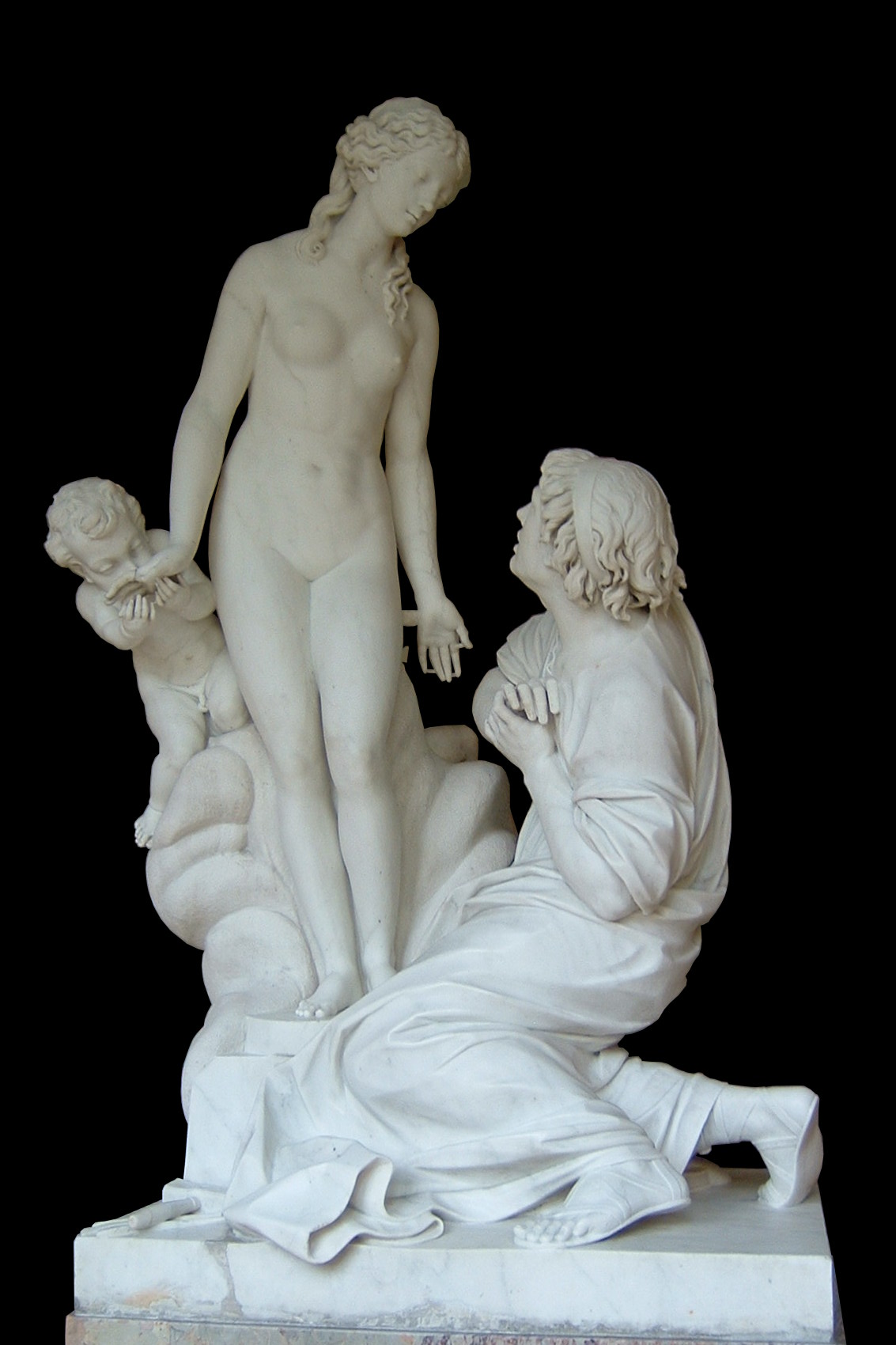

Here’s your taste:



Here’s your taste:

The Mark Morris Dance Group celebrated a cool spring night with breezy frolic in Acis and Galatea. To Handel’s music with the opera singers on stage and completely involved, the performance feels anything but staged-dance-y. The movement has a naturalism that made me want to run on stage and join them in their silly and playful movements (what fun when that happens!). Like on a playground at times and at others, like sprites in the friendliest of woods.
Here’s a taste:
Is there any more joyful end to an Act I than this? After a lot of billing and cooing and wooing, the complex lyrics repeat, “Happy we. Happy, happy we” over and over in the most infectious way, so that I sprang into intermission singing and gesturing along.
Wouldn’t you? Take a listen…along with some Rococo, period paintings by Watteau:
Act 2 was witty and physical, with a gorgeous hunk of a baritone playing the lascivious monster. Somehow, even he managed to be frothy. The dancers changed movement vocabulary around him, forming more of the moving sculptures you might associate with the Galatea story.
 But that would be the Greek story of Pygmalion bringing his sculpture Galatea to life as a real woman. You might have even noticed a Galatea sculpture in the Watteau paintings in the “Happy We” video.
But that would be the Greek story of Pygmalion bringing his sculpture Galatea to life as a real woman. You might have even noticed a Galatea sculpture in the Watteau paintings in the “Happy We” video.
This opera is based on the Ovid Metamorphoses edition–much more tragic when the deceased Acis is turned into an immortal stream by Galatea, a reverse on the Pygmalion story, as here the woman is the creator, not the created.
Happy me!